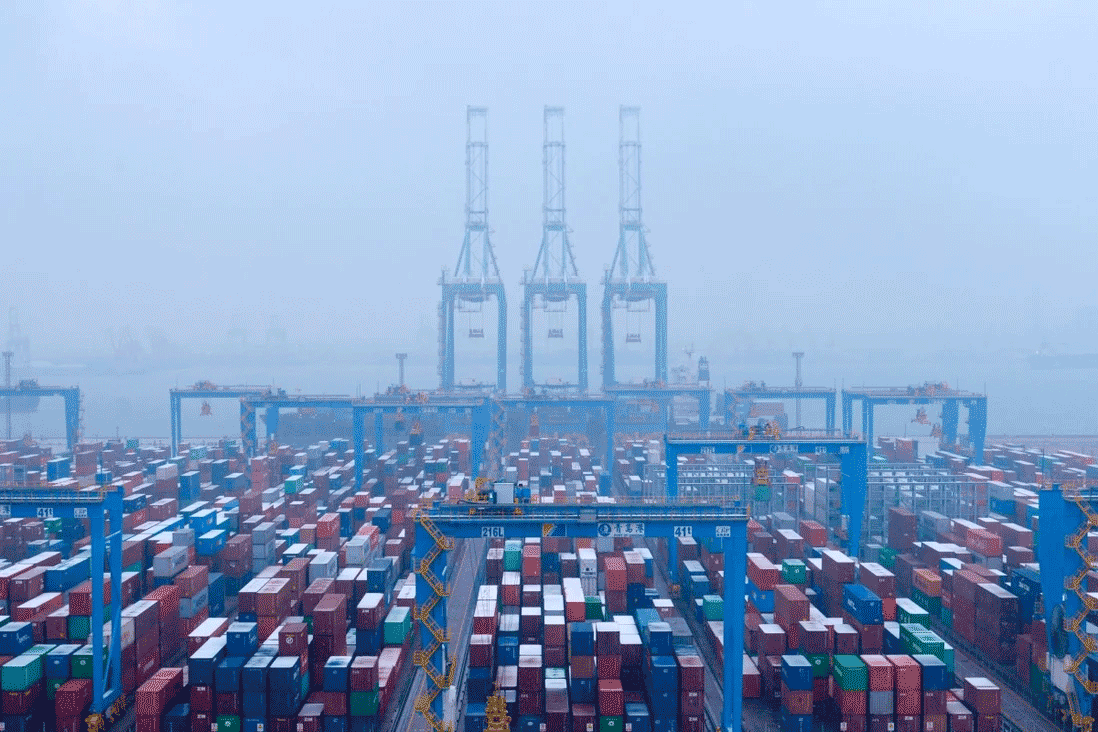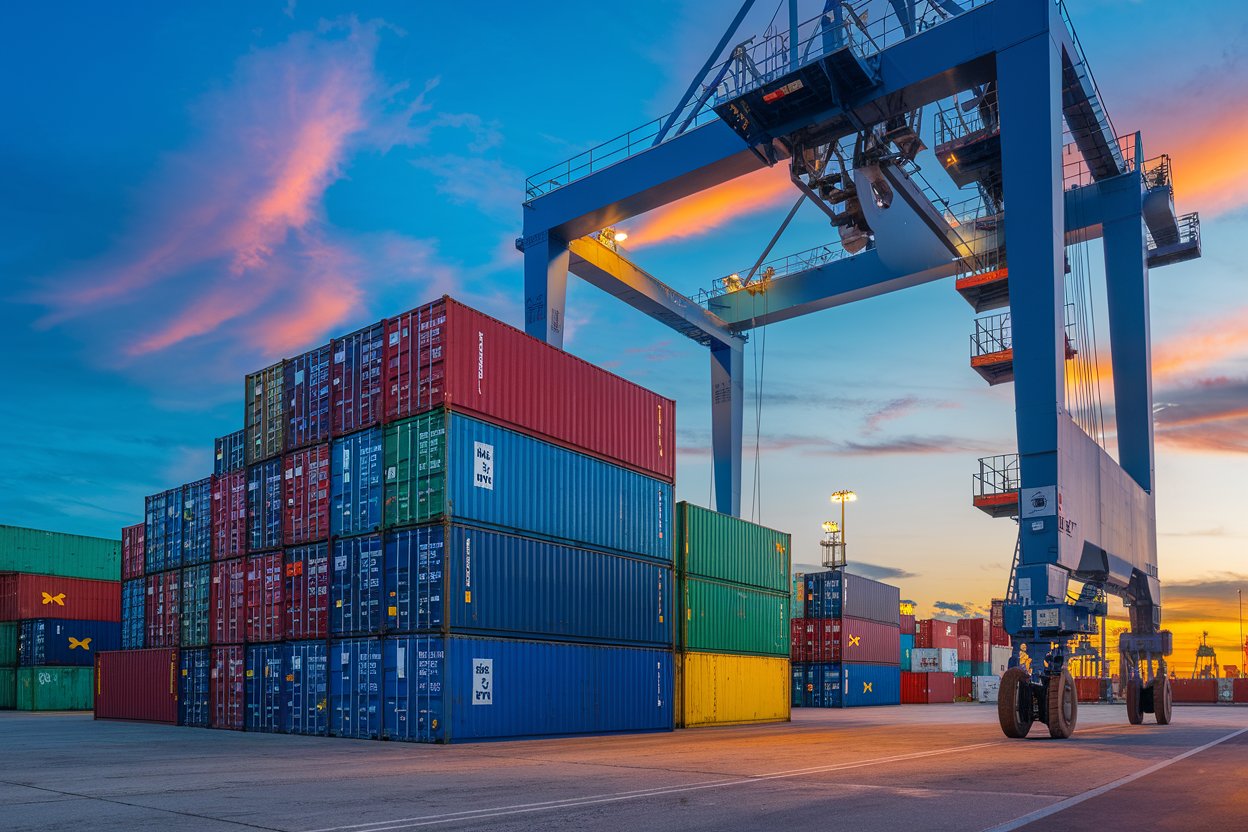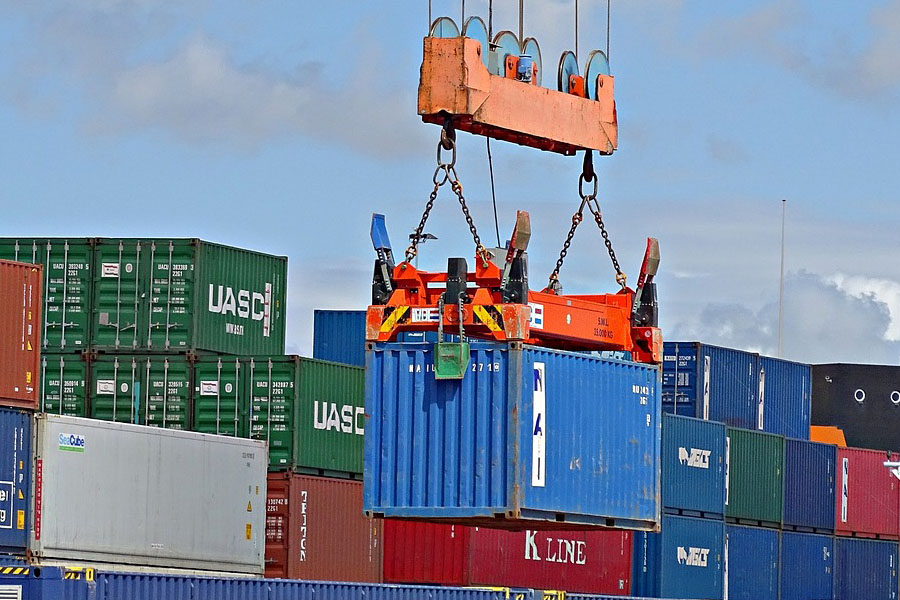- Shanghai Zhongshen International Trade Co., Ltd. - Two decades of trade agency expertise.
- Service Hotline: 139 1787 2118

equipment. For example, Indonesia has the SNI certification, Thailand has the TISI certification, and the Philippines has the BPS certification. It is necessary to confirm in advance the equipment voltage (such as 380V/50Hz in Thailand), the compatibility of the CE certification, and the proof of environmentally friendly materials.Special Genes
Compared to ordinary commodity imports, equipment trade has three distinct characteristics:Complex technical parametersLeading to difficulties in customs classification,Abnormal volume and weightRequiring special transportation solutions,Service life determinationDirectly affecting tariff rates. After the implementation of the new 2025 Mechanical and Electrical Products Import Management Measures, the error rate in equipment import declarations increased by 23% year-on-year, reflecting the industrys professional threshold.
Typical scenarios of customs clearance failures
- Case 1:A company importing laser cutting equipment mistakenly used HS code 8531.10 (laser devices) instead of 8456.11 (machine tools), resulting in overpayment of 470,000 yuan in tariffs
- Case 2:Failure to apply for CCC catalog exemption certification in advance led to 8 million yuan worth of semiconductor equipment being detained at the port for 28 days
- Request for a clean on - board bill of lading. The bank refused payment because the freight forwarder missed typing the words on board,Oversized equipment without proper transport permits incurred port storage fees exceeding 15% of the contract amount
Five key value points of professional agents
- Tariff planning system
- Equipment residual value assessment services
- Application of preferential origin tariff rates
- Temporary import/export solution design
- CE/UL certification equivalence assessment
- Pre-audit of CE/UL certifications
- Energy efficiency label declaration guidance
- Pre-shipment inspection of used equipment
- Optimization of Logistics Solutions
- Special container configuration
- Port lifting operation coordination
- Inland transport permit processing
The golden standard for choosing an agent
Quality equipmentImport RepresentationShould have:
- AEO certification qualification: Enjoying a 70% reduction in customs inspection rates policy benefit
- Localized service network: Establishing emergency response centers at major ports
- Technical Document Library: Customs declaration database covering 1,200 types of equipment
- Response Time Commitment: 4-hour on-site emergency response mechanism
Three critical moments for cost control
- Before signing the contract:Require the agent to provide a Feasibility Report on Tariff Planning
- Before shipment:Confirm equipment nameplate information matches declaration documents exactly
- Before port arrival:Complete classification pre-ruling applications in advance
Mechanical equipment imports are projected to exceed $42 billion in 2025, but General Administration of Customs data shows only 31.7% penetration of professional agency services. Choosing an agent partner with specialized equipment import capabilities will become a strategic decision for companies to control trade costs and ensure supply chain stability.
Related Recommendations
? 2025. All Rights Reserved. Shanghai ICP No. 2023007705-2  PSB Record: Shanghai No.31011502009912
PSB Record: Shanghai No.31011502009912










